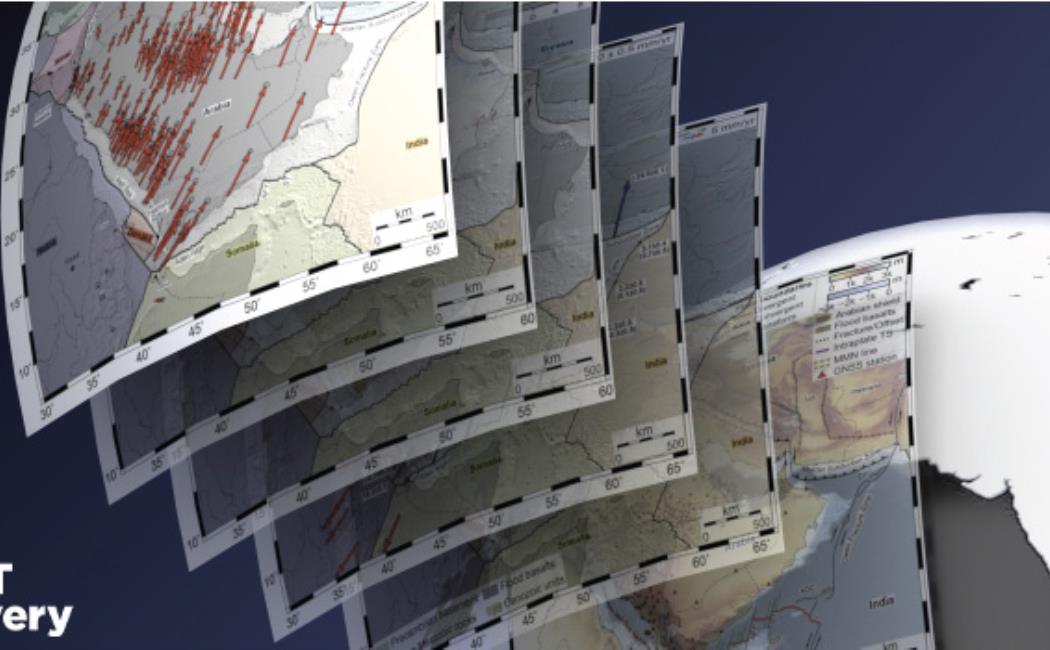
14 August, 2022
To better understand the earthquake hazards facing the Arabian Peninsula, KAUST researchers have completed a comprehensive analysis of motion measurements for the entire Arabian tectonic plate.
The results provide new information on how the Arabian plate is moving with respect to its neighboring tectonic plates, which is critical for estimating the size and frequency of damaging earthquakes at plate boundaries. Importantly, the study also shows that the Arabian plate is internally remarkably stable and will continue to withstand pressures from continental collision in the northeast and the breakup of plates in the south for the foreseeable future.
Geodetic GPS measurements from 168 stations located across the Arabian plate were combined and processed by Renier Viltres, Sigurjón Jónsson and colleagues at KAUST, together with an international team. The data were collected continuously for up to 17 years, providing a far larger and more complete dataset than in previous studies.
“By combining these GPS measurements, we’ve quantified motions at different spatial scales for the entire Arabian plate,” says Viltres. “Normally, just a handful of GPS stations are enough to estimate the rate and direction of relative motions at the plate boundaries, but this new level of detail goes far beyond that.”
Read more at KAUST Discovery.